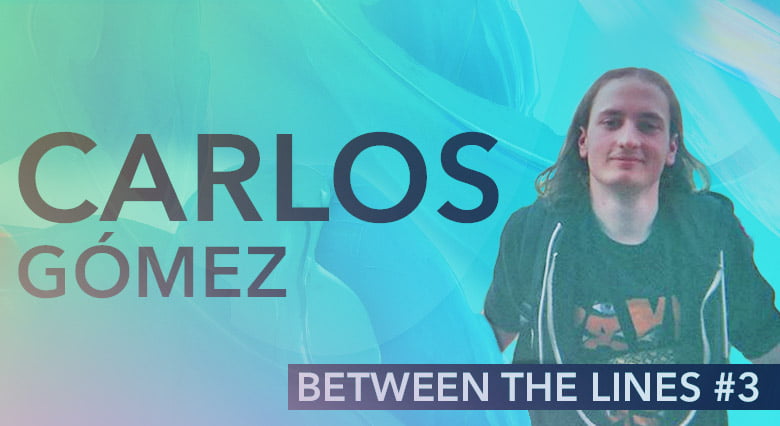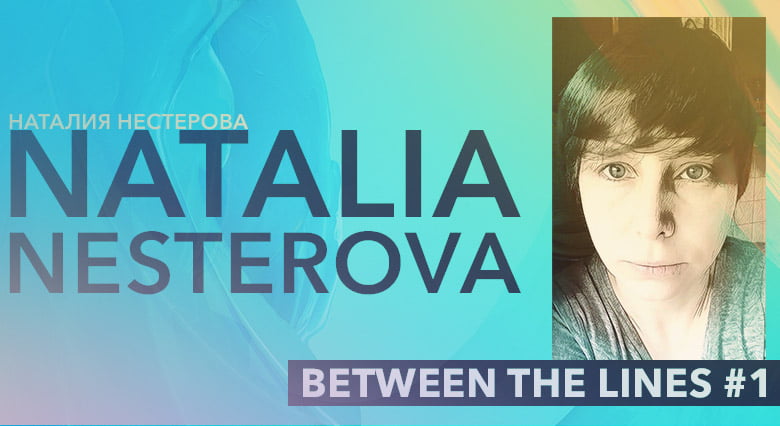If you’re a newcomer in the translation industry, you might not be acquainted with the concept of translation tests. In this article, I’ve compiled a series of tips to help you in the process and even created a custom-made mock test to prepare you for the real thing.
A bit of backstory…
For as long as I can remember, I’ve always hated tests. After graduating, I thought I would never have to take another test in my life… oh, how wrong I was!
Around 2007, I got interested in game localization, and thankfully, at the time, companies were overall a lot more lenient with new hires. I decided to apply for a Localization role at NCsoft. Off I was, alone in a room with no Internet for 3 hours with nothing but an Excel sheet, a dictionary, and a glossary. This test had a bit of everything: lore texts, technical texts, and even bits of legalese.
I bombed that test. Hard.
Thankfully, the company saw some potential in me and for the next three months, I became an intern within the company’s Localization department. That launched my career into games localization (with a huge detour into QA, Community management and PR, but that’s a story for another time). Ten years later, I decided to go freelance and was greeted with another harsh reality: in order to join pretty much all agencies’ translator pools, I would have to take tests – a bunch of them.
Since then, I’ve taken over 25 tests for various companies/agencies and passed a fair amount of them, while also failing some others. While the following advice applies to all projects, I believe some of it is especially relevant for translation tests.
Translation testing process
Depending on the agency/company you apply to, your test will most likely be timed. You will be given a deadline that can range from just a few hours to a full week or more. You need to make sure that you use this time efficiently – don’t just rush into translating. Here are the steps I usually take:
- Read the instructions thoroughly. Make sure you fully understand them and go back regularly as you keep reading the parts to translate. You might also be asked to edit/proofread existing texts, rewrite certain parts or follow a glossary. Check if the test comes in different tabs, or if all the parts are all on one sheet/document. You might even want to make yourself a checklist to keep track of your progress and make sure nothing is forgotten at the end of the project.
- Read the source once and import the document into your CAT tool of choice (or work directly within the format, but that’s not recommended if you don’t have access to a spell checker/QA tool).
- Translate, and refer once again to the instructions if necessary.
- Take a breather – this part is very important! You need to leave some time to your brain to process the information. Take a walk, eat some chocolate, anything, as long as you’re away from your screen — Preferably for at least ~24 hours.
- Proofread yourself, do a “monolingual review” (reading the text in your target language without comparing to the source and making sure it sounds natural), and QA checks if necessary. Don’t hesitate to read segments out loud (this is especially important for dialogues) or even backward, as this can be helpful to spot typos!
After you’ve done all that, make sure to rename the document according to the client/company’s specifications (if they don’t provide any instructions, I personally just add my initials and “_completed” to the file name), check everything once more, and only then, send it over.
Research
While this might be obvious, research is an essential part of localization, and you are also tested on your ability to use all the search tools at your disposal. As a matter of fact, some tests will purposefully include texts from existing games to see if you’re willing to dig and find out the “solution” – if you do end up finding the officially localized version, I would advise you to leave a note about it and explain why you chose to rephrase specific parts or change certain terms.

If you’re asked to translate texts that require a certain amount of creativity, such as achievement titles (that can be references to pop culture not widely understood by the target audience), don’t hesitate to fire up Wikipedia and/or Urban Dictionary, and try to find as many references as possible on the subject.
Curveballs
Often times, you will be given several “pitfalls” to see how you deal with certain issues that come up as a regular part of the job. This includes, but is not limited to:
- Faulty source (missing words, grammar/spelling issues)
- Broken tags (missing brackets to open/close a tag, inconsistent tagging)
- Segments that consists exclusively of tags
- Some parts of the source are not in the language pair you applied for (yes, this does happen!)
In all those cases, you are highly encouraged to leave comments and, more importantly, ask questions: most prospective clients want to make sure that you are ready to communicate should there be anything unclear. In the games sector, in particular, you might end up working on massive projects with little to no context, and asking simple questions can make a huge difference in how you translate specific segments.
There are also other things to look out for, such as:
- Character limits (are you translating dialogue subtitles? Or specific UI elements?)
- Usage of formal/informal speech (is the title aimed at a younger/more mature audience? For languages such as German, French or Spanish, do you use formal/informal pronouns?)
- Does the game allow the usage of special characters, such as non-breaking spaces (which are an integral part of French localization)?
Once again, leave as many comments you believe are necessary while trying to keep your questions clear and concise.
Mock Test

If you’re an aspiring translator (or even an experienced one!), you might want to test your skills by taking this custom-made test. Of course, this might be slightly or completely different from other tests you might encounter – after all, every company has different standards.
A few things to note before you start:
- This is only a template, and there are no “right” answers. I won’t be providing an answer sheet. You can use this simply as a reference, or try to complete the test and ask people who work in your language pair (EN > FR/DE/IT/JP/etc.) to review/correct it.
- There are six errors left in the source voluntarily. Can you spot them all?
- All of the text you see in this document is 100% original content and wasn’t taken from any existing game.
Good luck!
I would love to hear feedback in the comments! If you’re a beginner, how did you find this test? How would you improve it? If you’re more experienced, how hard did you find it? I’m looking forward to hearing it 🙂







Hi Lucile,
I’m a fellow translator and I also work almost exclusively with game localization. Your article is great and the test reflects exactly the reality. Thanks for sharing that with your audience.
I’d like to know if you would let me translate this article to Portuguese and republish on my own blog, “O Jogo da Tradução” (https://medium.com/o-jogo-da-tradução/). You will be credited and linked, of course, as the author of this original article. Let me know if you agree with that.
Thanks!
Thiago
Hi Thiago,
Of course, I’d love to see this article translated! As long as you link back, everything’s fine with me. Thank you 🙂
Best,
Lucile
Pingback: Game Localization Link Roundup [Spring 2021] - J-En Translations